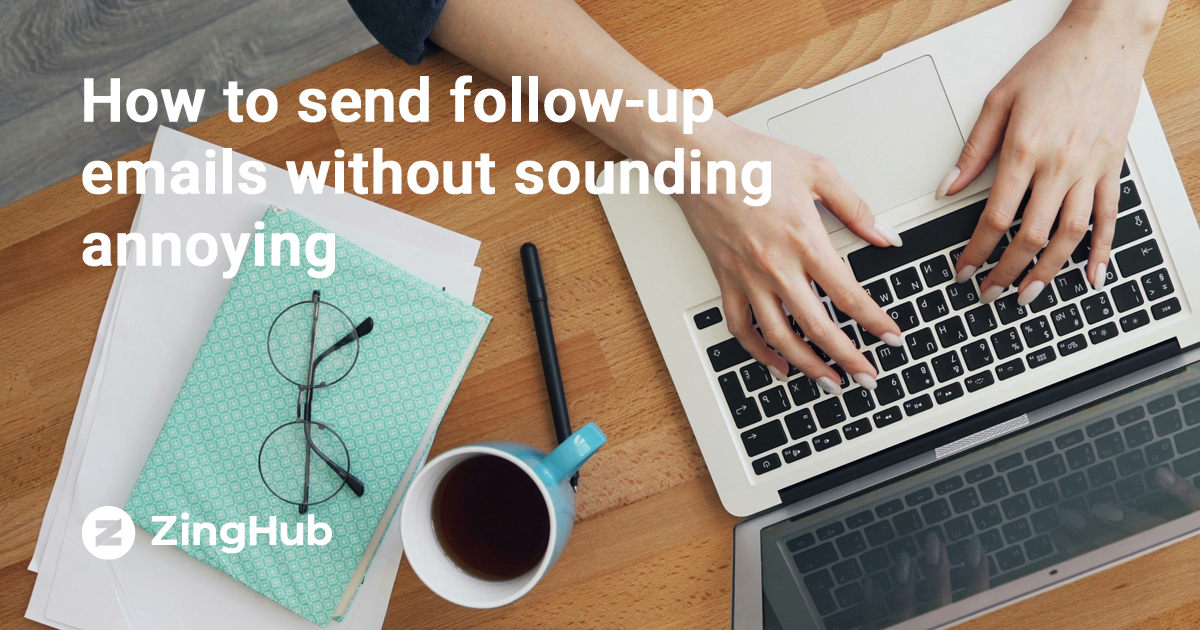
Key Highlights:
You sent the perfect cold email, and silence followed. The next step is the sales follow up. Most people stop after the first message. Those who continue often send emails that are ignored or, worse, annoy the recipient.
The core of a successful email sequence is balancing polite persistence with genuine value. The goal is to move the conversation forward, not simply to remind someone that you exist. Here is the best way to follow up on cold email to ensure you stay professional and effective.
The quickest way to sound annoying is to send a "Just checking in" email. Every subsequent follow-up email must give value to the recipient.
Offer New Insights
Share a relevant case study, a quick tip, a piece of industry data, or a blog post that directly addresses the pain point mentioned in your first email.
Change the Angle
Approach the problem from a different perspective. If your first email focused on cost savings, the next could focus on time efficiency or risk reduction.
Reference a Trigger Event
If the prospect's company had a new hire, a product launch, or was mentioned in the news, use it as the context for your follow-up. This shows you pay attention.
This value-add approach turns your sales follow up into a helpful resource rather than a persistent request.
Timing is important. Sending emails too quickly makes you seem aggressive. Waiting too long lets the lead go cold. A strategic email sequence uses increasing time gaps.
Initial Gap
Wait about 2 to 3 business days after the first email for the first follow-up. This gives enough time for them to have seen the original message.
Second Gap
Increase the time to 4 to 7 business days for the second follow-up. This respects their busy schedule.
Later Touches
If you continue, space the third and fourth emails by 10 to 14 days.
Consistency within your chosen timeframe is what matters most. A planned sequence removes emotional guesswork from the process.
Busy professionals want brevity. Your follow-up emails should be shorter than your initial message.
Maintain the Thread
Always reply within the same email thread. This preserves the context of your original message and makes it easy for the recipient to review your initial offer.
Start with Context
Begin with a brief, polite line that references the previous email. For example, "Circling back on the idea I shared about [topic]..."
Focus on One Point
Dedicate the body of the email to a single new value proposition and a single, clear Call to Action (CTA).
The goal of a sales follow up is a response, not an immediate deal. Your CTA should make it easy for the prospect to reply.
Suggest Specific Times
Instead of asking, "When are you free?" try, "Would 10 AM next Wednesday or 2 PM Thursday work for a quick chat?"
Offer an Easy Out
Use low-friction options like, "If you're not the right person, send me the correct contact," or even a simple "Reply '1' if you want more details."
Avoid Demanding Language
Never use phrases that sound accusatory, such as, "You did not reply to my last three emails." Instead, use polite alternatives like, "I wanted to ensure my previous email did not get overlooked."
This low-pressure approach is the core of how to send follow-up emails without sounding annoying.
Persistence matters, but knowing when to stop matters too. After 3 to 4 valuable follow-up emails, consider sending a "break-up" email.
Finality, Not Frustration
This email is a professional sign-off. It clearly states you are closing their file and will not contact them again. This often works because it triggers loss aversion, prompting prospects who were mildly interested to respond.
Example Tone "Since I have not heard back, I assume that [Topic] is not a priority for you right now. I will close your file, but please feel free to reach out if things change."
Implementing a structured email sequence focused on delivering value and respecting the prospect's time turns your follow-up process into an effective tool for generating replies.
AI-Powered Outreach that Starts Real Conversations. ZingHub.